40 recessed lighting beam angle
Beam Angle Guide - Easy Light Bulbs Lamps such as Halogens (and some LEDs) come in a variety of angles from, 4 degree to 60 degree with some of the larger halogen lamps up to 120 degree. Note that while these abbreviations are commonly used, the angles associated with these vary slightly from manufacturer to manufacturer. These are typical beam angles spread abbreviations. How to choose the right beam angle for your LED lights David Geldart of Lumicrest Lighting Solutions explains the different beam angle options for LED lights and some guidelines on when and where to use them.
LEEKI White 2-in 4000-Lumen Cool White Square LED Canless Recessed ... Adjustable LED Down Light For Accent Lighting: This bright 4000K LED recessed light has a wide 40° beam angle for optimal illumination and 15° tilt-adjustable view angle and is ideal for vaulted ceilings and highlighting wall art. Great-Value SET OF 6 Ceiling Lighting With 2 Trims: Our dimmable LED light comes with 2 interchangeable trims - 1 ...

Recessed lighting beam angle
How Many Recessed Lights? | Free Calculator Makes it Simple For ceilings taller than 16-feet, using LED lights with a narrow flood beam angle will get more of the light down from the ceiling to the surface plain. Next Steps… Once you know how many lights a room needs, you can use this calculator to create a reflected ceiling plan. Pinterest Email Facebook Which LED Light Bulb Beam Angle Should I Use? The standard height of a ceiling is around 7.87 to 8.86 feet so a wider beam angle, 60 degrees or more, should be sufficient. If your ceiling height is more than 8.86 feet than you are going to need a narrow beam angle which is less than 45 degrees. What is the beam angle? - Nadair - Recessed Slim Lights What is the beam angle? The beam spread of those lights is 100 degrees. By suzanne | 2019-09-13T13:36:42+00:00 September 13th, 2019 | Comments Off on What is the beam angle? Share This Story, Choose Your Platform! Facebook Twitter Reddit LinkedIn WhatsApp Tumblr Pinterest Vk Email.
Recessed lighting beam angle. Pocket Guide: Beam Spread - Flip The Switch - Destination Lighting The beam spreads at an angle of 180 degrees. This type of bulb provides more focused light than an omni-directional light bulb. If you need more concentrated light, compare spot lights and flood lights. Manufacturers define spot lights and flood lights in slightly different ways, so it's important to evaluate each light individually. Light Bulb Beam Spread Chart - Total Recessed Lighting Learn how to quickly calculate the beam spread of light at certain distance with our handy diagram! Popular beam spreads are already calculated for quick reference and ease of use :) ... Beam Spread Chart Recessed Lighting Anatomy Menu. LED. LED Bulbs. LED A bulbs; BR LED Bulbs; LED MR16 bulbs. LED MR16 Gu5.3 Bulbs; LED MR16 Gu10 Bulbs; Par 20 ... LED Beam Angles - What Should I Use? - ZLed Lighting To determine the number of light fixtures you will need, perform the following steps: Multiply the area of your building and the industry standard to get a number in lumens. 50,000 sq. ft. x 70 lumens = 3,500,000 Lumens total Multiply the total lumens by the constant 1.40. Recessed lighting spacing - Jil Sonia Interior Designs There are generally 2 types of recessed lights - Spot lights and Flood lights. Spot lights have a narrow beam of light casting light to a focused area, usually these are used to highlighting art or important design elements in the room. They cast beams 45 degrees or less.
Beam Angle - Electrical 101 Beam Angle PAR Light Bulbs Par (parabolic aluminized reflector lamp) are typically used in commercial and residential environment as headlights, recessed lights, and track lights. PAR bulbs have built-in reflectors. They were originally halogen bulbs, but now LED versions are available. A common beam angle for PAR bulbs is 30 degrees. Which Beam Angle? | Downlights.co.uk A beam angle is a measurement of how the light is distributed. GU10 LED lamps and recessed downlights have a fairly narrow beam of around 40 degrees, anything within 5 degrees of this is the industry standard. A wax candle or traditional light bulb would have a beam angle of 360 degrees as the light shines all the way around but is less focused. Tips on Choosing Beam Angles for Better Lighting At approximately 44 degrees, this is also a useful beam angle for domestic applications where the wide beam width helps deliver a good covering of light. Wider beam angles say from a downlight, positioned carefully can also illuminate vertical surfaces as well as the objects directly under it, such as a kitchen cupboard door. Flood Beam Width LED Beam Angle Guide » Beam Angle Calculator - LampHQ A beam angle of 120° is a good choice for the basic lighting of a room. For corridors and pathways within a room, a beam angle of 90° is more recommended. Accent lighting is used to highlight certain areas in a room. This can be a sitting area or a colored wall.
PDF Recessed Lighting Guide recessed lighting guide picture light engine bianca 16w bianca 14w rocket 9w venus 16w riva 16w 10w rgbw riva 20w family product bianca-16w-bi-rd bianca-16w-bi-sq ... beam angle 20° 40° 20° 40° 20° 40° 20° 40° 20° 40° 20° 40° 40° 40° 40° 20° 40° 40 ... The 3 Best LED Recessed Lights used by Pros in 2022 Its combination of high brightness (1050 lumens) and very wide beam angle (110-degrees) make it ideal in areas with low or narrow ceilings like basements, hallways, closets, and bathroom soffits. Beam Angles and Their Impact on Your Lighting Needs | Downlights Direct On the other hand, narrower beams (around 25 degrees) are often better suited to rooms with higher ceilings, such as a library or a study room. For all the other rooms in your home or office, lights with beam angles between 35 degrees to 45 degrees will usually be suitable, but this would also depend on the light's spacing and its application. Recessed Lighting Calculator » Plan Your Lights - LampHQ Recessed Lighting Calculator First enter all parameters into the calculator to calculate the required number of spots. The beam angle and lumen specification can be taken from your choosen spots. The illuminance is the desired target value for the respective room.
Recessed Lighting Guide: How to Select the Proper Housing & Trim Three-inch recessed lighting is the most standard for task lighting, with an aperture of 3 inches a light beam can be concentrated in one area. Proper placement for recessed lighting that is being used as task lighting is to place your can lights flush with the ceiling and over your task area. The most appropriate trims for task lighting:
Recessed & Track Lighting - Beam Angles | Spec. Sense - YouTube What is the difference between a spot light and flood light? What light should I choose for a track light or can light? In this episode of Spec. Sense, Vance...
Understanding the beam angle of Led lighting products As explained above, the beam angle lets you know how much area that the lighting fixtures illuminate or distribute. The wider beam angle means larger areas or surfaces that lights illuminate. Quark lighting offers a wide array of Led lighting products with various beam angle from 4 degrees to 360 degrees.
15 to 60 ° Recessed LED Lighting - Super Bright LEDs 15 to 60 ° Recessed Downlighting Recessed downlights are low maintenance and energy efficient lights that will open up any room or accent certain areas of a room. Same day shipping! Hassle-free 30 day returns and exchanges. ... The narrower the beam angle the more focused the light energy is. Comparing two 40 watt lights one with a beam angle ...
IP44 Recessed LED Downlights Adjustable Multi Beam Angle 5w Power Nondim Led Spot Light: Power: 1w 3w 5w 7w: Materil: Aluminum: Led Chip: Cree COB: Beam Angel: 15°,24°,36° Dimmable Method: Non-dim, Triac Dimmable,0-10V Dimmable, DILI Dimmable: Led Driver: Lifud: High Light: Nondim IP44 Recessed LED Downlights, Nondim Recessed LED Downlights, Nondim IP44 adjustable recessed lighting led
How to choose beam angle for Downlights ? | LED Light Manufacturer Beam angle indicates the spread of light from the light source. A narrow beam gives a concentrated light which is better for accent lighting. A wide beam gives a more general, softer light. Most LED lights are available in a choice of beam angles. Ranging from a very narrow 15 degrees spot to a wider 60 degrees flood.
How To Choose The Right LED Downlight Beam Angle - UPSHINE Lighting On the other hand, narrower beams (around 24 degrees) are often better suited to rooms with higher ceilings, such as a library or a study room. For all the other rooms in your home or office, lights with beam angles between 35 degrees to 45 degrees will usually be suitable, but this would also depend on the light's spacing and its application.
How to Layout Recessed Lighting - EzineArticles How to Layout Recessed Lighting. One of the most important principles to understand when designing a recessed lighting layout is beam angle. In recessed cans, the light is produced in the shape of a cone. You picture the light starting as a point at the light fixture and forming a circle on the floor. The beam angle is the angle of this light ...
Beam Angle; Another important factor you need to consider is the beam angle of the recessed light you want to install into your sloped ceiling. Beam angle shows where the light concentration is focused. It ranges from 50% or more than 90%. The higher the beam, the wider the spread of light.
Beam Angle Explained — 1000Bulbs.com Blog There are worse options than the wide flood. At 46 to 59 degrees for an MR16 or 121 to 160 degrees for a PAR lamp, the wide flood has a dispersed beam to cover a large area. Bulbs with a WFL beam angle are common in many general illumination applications from motion-sensing lights above garage doors to recessed cans in auditoriums and movie ...
What is the beam angle? - Nadair - Recessed Slim Lights What is the beam angle? The beam spread of those lights is 100 degrees. By suzanne | 2019-09-13T13:36:42+00:00 September 13th, 2019 | Comments Off on What is the beam angle? Share This Story, Choose Your Platform! Facebook Twitter Reddit LinkedIn WhatsApp Tumblr Pinterest Vk Email.
Which LED Light Bulb Beam Angle Should I Use? The standard height of a ceiling is around 7.87 to 8.86 feet so a wider beam angle, 60 degrees or more, should be sufficient. If your ceiling height is more than 8.86 feet than you are going to need a narrow beam angle which is less than 45 degrees.
How Many Recessed Lights? | Free Calculator Makes it Simple For ceilings taller than 16-feet, using LED lights with a narrow flood beam angle will get more of the light down from the ceiling to the surface plain. Next Steps… Once you know how many lights a room needs, you can use this calculator to create a reflected ceiling plan. Pinterest Email Facebook
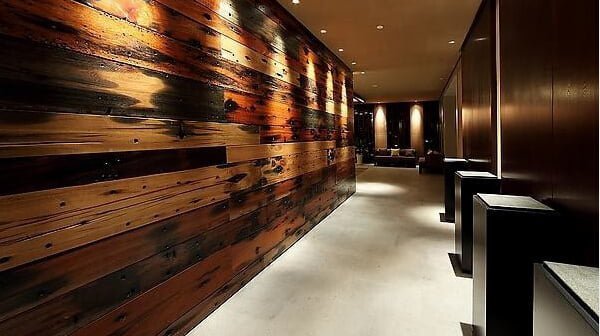






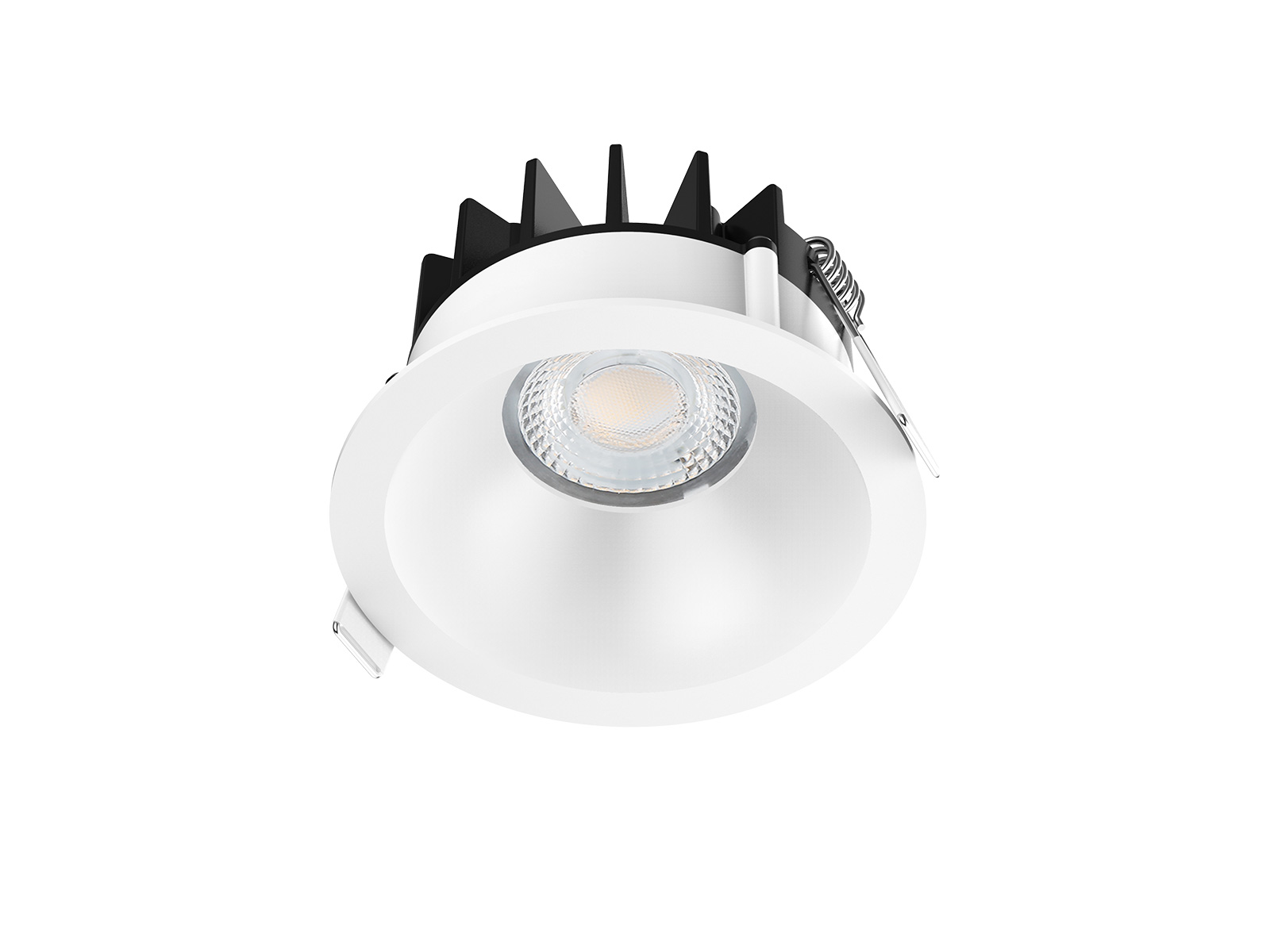
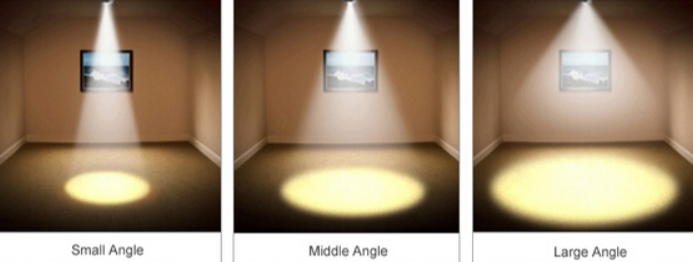
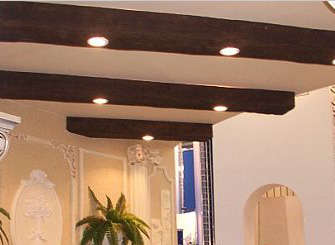


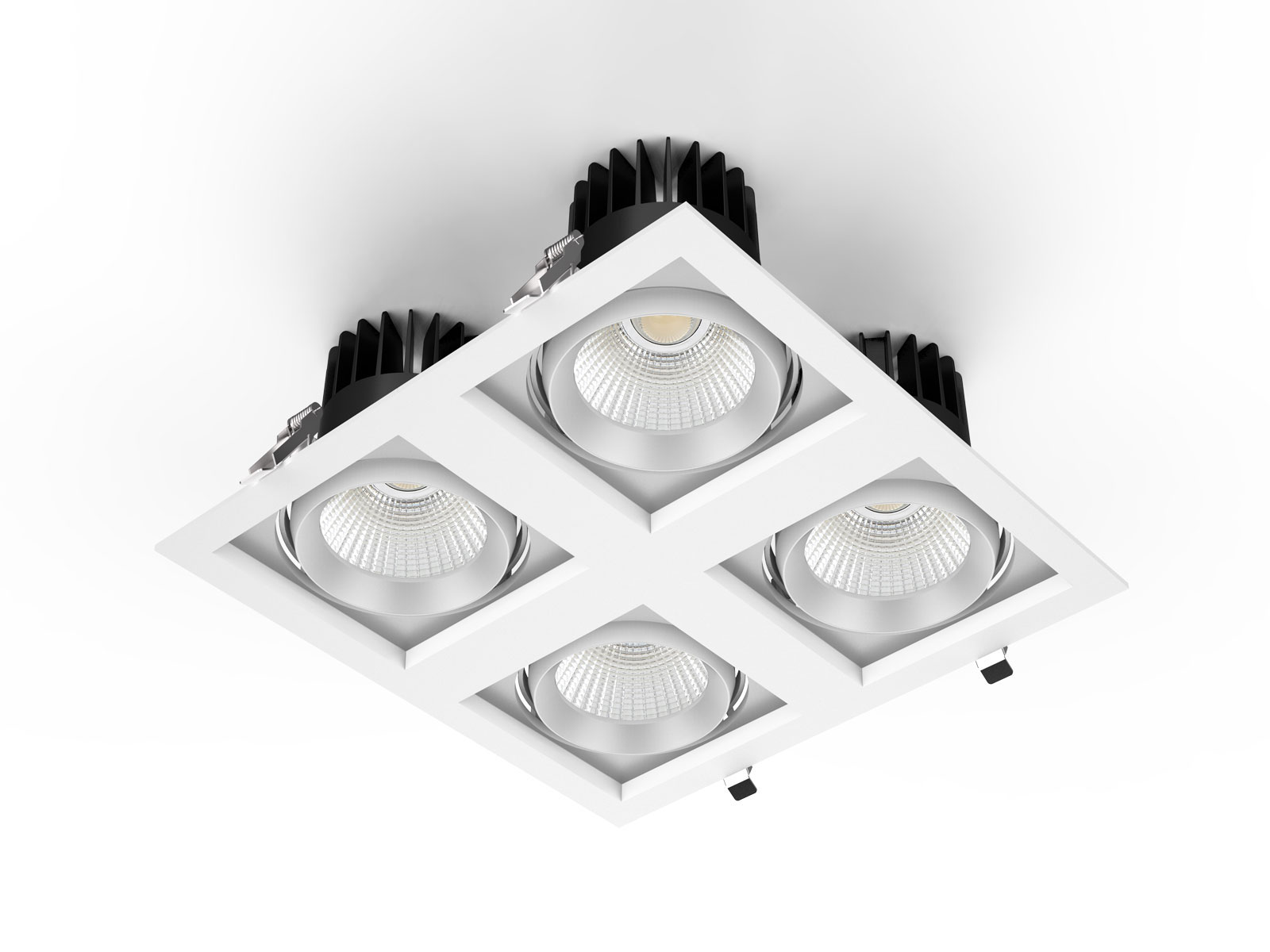

0 Response to "40 recessed lighting beam angle"
Post a Comment